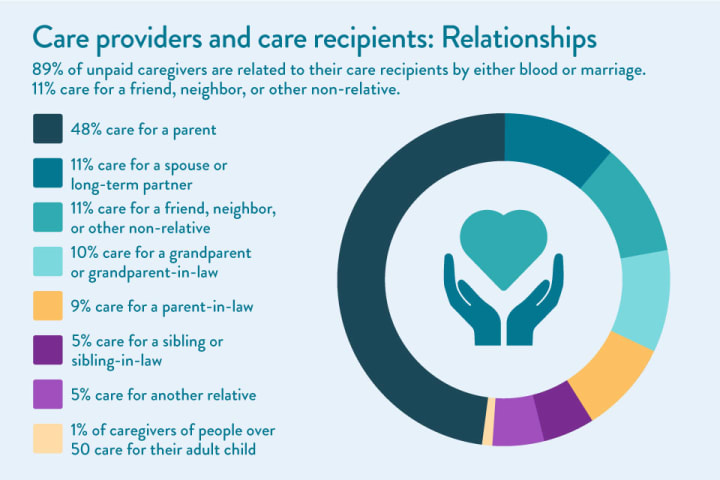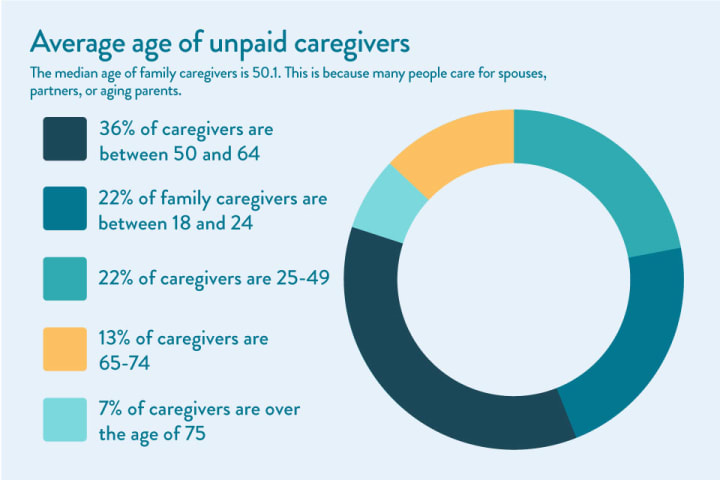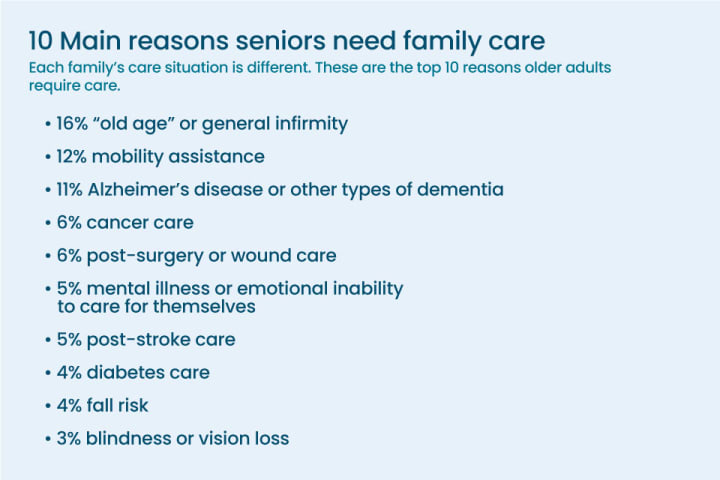The 2022 caregiving statistics are out. Highlighting this information today to enlighten you to consider this question. Have you prepared anything to help yourself be ready if the time comes?
Resources and help for caregiving “in the moment” is hard to navigate. Resources in your community may or may not be readily available, or provide limited services. Many of you are from around the country, so I’d like to provide you with a national resource to help you prepare.
The National Alliance for Caregiving was founded in 1996. The National Association of Area Agencies on Aging, the American Society on Aging, the U.S. Department of Veterans Affairs – Office of Geriatrics and Extended Care, Glaxo Wellcome, and the National Council on Aging worked together to create a new association that could address the public policy needs of families and quantify the impact of one of the largest unpaid workforces in our society.
The NAC website can be found Here to provide help for caregivers. As the population ages, the need for caregivers keeps growing. This phenomena began in the 90’s when many Boomer parents began aging to the point of requiring additional help and care.
Sometimes a picture speaks a thousand words! Here are three pictures to put caregiving into current day perspective. These caregiving statistics in the US breaking down who, when, and why care is needed.
Between 2010 and 2020, the percentage of people caring for a spouse or partner remained steady. The number of people providing unpaid care to a non-relative dropped from 14% to 11%.

The median age of family caregivers is 50.1. This is because many people care for spouses, partners, or aging parents while working full time and have children.

Caregiving is a difficult job that requires extensive time and energy. Family caregivers can be affected financially and emotionally by their duties for years to come.

Caregiving Costs
Just consider some of these average numbers, cited in the Aspen Institute 2020 report on “The True Cost of Caregiving.” Home health aide: $52,620 annually. Assisted living facility: $48,612. Private room in a nursing home: $102,204.
Costs have gone up across the board since 2020 and each area of the country has different cost factors. If you’re interested in reading the Aspen Institute 2020 report, here is the Link.

Plan Ahead!
The best way to deal with potential caregiving costs is to plan ahead. Consider insurance (disability (for you and/or loved ones), long-term care, and/or hybrid life insurance) policies are a good place to start. Generally, policy costs are less for younger adults.
2022 statistics reveal: Medical bankruptcy, is an American reality. A survey by the Kaiser Family Foundation (KFF) found that 41% of American adults currently have some sort of debt from an unpaid medical or dental bill. And, an analysis of government data shows that around 9% of adults in the US currently owe at least $250 in medical debt.
Planning ahead saves you more than money. The emotional upheaval you face during these times can be lessened by planning in advance. Reach out to discuss ways to get started, email me: Lynn@thelivingplanner.com or if prefer to schedule a Complimentary Discovery Call to discuss your particulars, let’s do it!
My main website is: https://thelivingplanner.com. If you’d like to try a DIY approach, check out my online courses/resources to assist people, pets and businesses here: https://courses.thelivingplanner.com
Roselyn Carter’s caregiving quote says it all. “There are only four kinds of people in the world. Those who have been caregivers. Those who are currently caregivers. Those who will be caregivers, and those who will need a caregiver.” ❣️ -Lynn
#LifeHacks #CareForPeopleCareForBusiness

